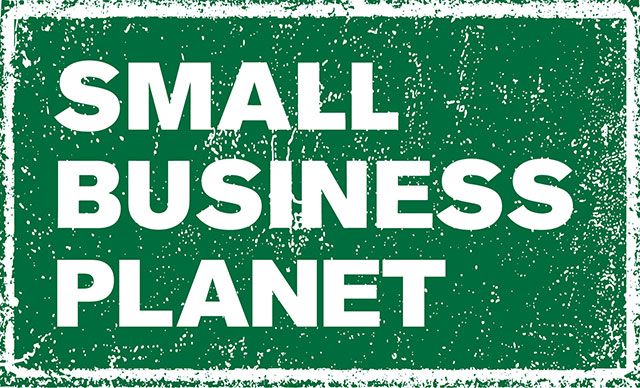Since 2018, searches for the term "Net Zero" have increased 3,000%. The speed of this term arriving in business circles and the media has left a lot of founders and owners confused.
So, what is Net Zero, and what do you need to know about it?
Net Zero
Net Zero itself is the balance between what your business emits and removes from the atmosphere.
If you emit 1 tonne of CO2, and remove 1 tonne of CO2, then you are Net Zero.
Removal may be through Carbon Offsetting, such as tree planting schemes.
Net Zero includes all Greenhouse Gas (GHG) emissions such as Nitrous Oxide and Methane, but for the sake of ease we'll just refer to Carbon Dioxide (CO2) for now as this is the biggest GHG.
What are Net Zero Scopes?
There are 3 Net Zero scopes, which help identify where emissions reside in your business.
Hint: It's in scope 3.
- Scope 1 - Direct - What emissions is your business directly responsible for? E.g. Company vehicles, Fuel and Heating of premises is also common.
- Scope 2 - Owned Indirect - What emissions does your business generate through the consumption of energy and heat? E.g. Who suppliers your energy.
- Scope 3 - Not Owned Indirect - What emissions are there in your supplier chains? There are 15 categories within this that we won't go into here, but think about how your products arrive to you, how they're made, how you get them to your customers and what happens after your customer is finished with them. Yes, it is basically *everything*.
Scope 1 tends to affect larger companies with on-site production. Scope 2 is easier to tackle as moving to renewable energy suppliers can reduce most of this.
Scope 3 is the most difficult because as a small business, you've got limited resources and control over suppliers, but this is also where most of your emissions will be.
Is Reducing Scope 3 Impossible as a Small Business?
The bad news is, Scope 3 makes it all feel quite overwhelming.
The good news is, you're a small business and are therefore nimble enough to start rapidly changing what you do to make a big impact in the long run.
The target for SMEs is to halve their emissions by 2030.
If I asked you to halve your marketing budget by 2030, do you think you could?
Of course you could! 8 Years is a really long time for small business owners to make a decision and get change implemented.
So, what can you do?
Carbon Budgets
The easiest way to think of your carbon is like it's a budget.
For example, you might have a marketing budget of £1,000 a month. You can spend this in a number of ways - Facebook Ads, Flyers, Sponsorships, Google Ads etc.
You can't do everything, so you have to be selective to only spend where it is necessary and provide a good investment.
Similarly, imagining you have a Carbon Budget will mean that you have a fixed amount of emissions you are able to spend in order to be Net Zero. If you exceed your carbon budget, you are no longer Net Zero.
This can force you to be selective about where Carbon exists in your business. Some areas of your business might need that Carbon (e.g. transport) where as you can make savings elsewhere (packaging).
Right now you probably don't have a clue - and that is okay. The honest answer is that it's probably everywhere!
Visit WebsitePublished: 13 May 2021
